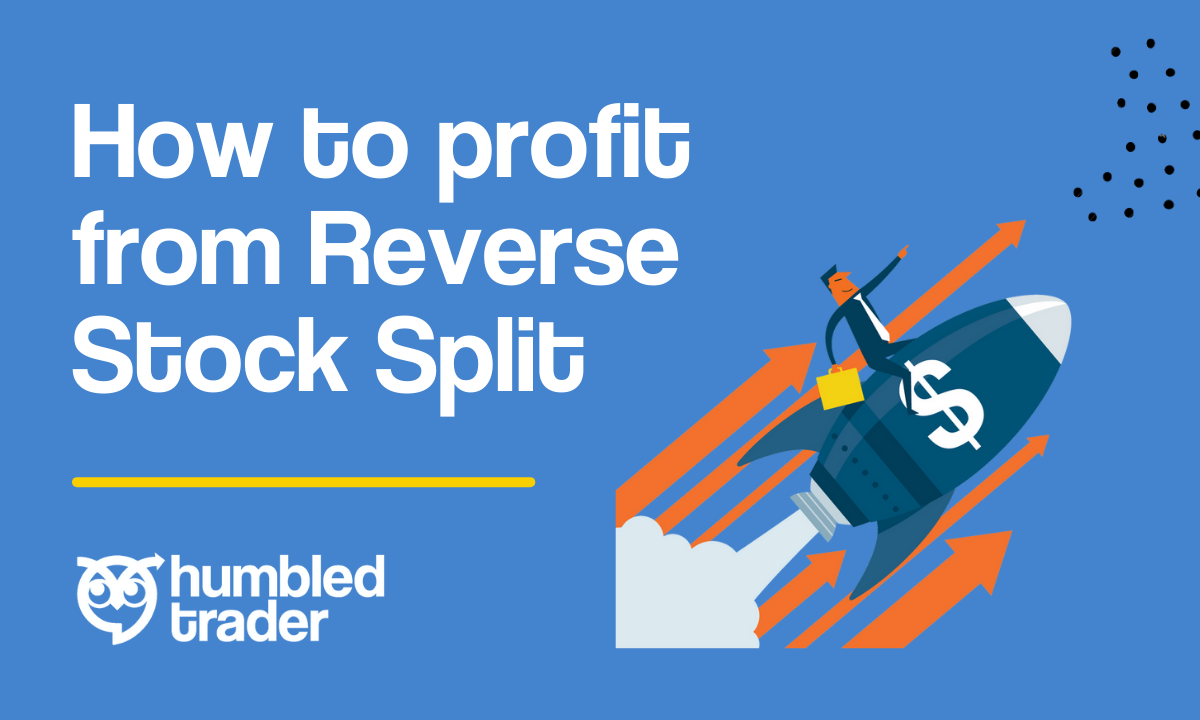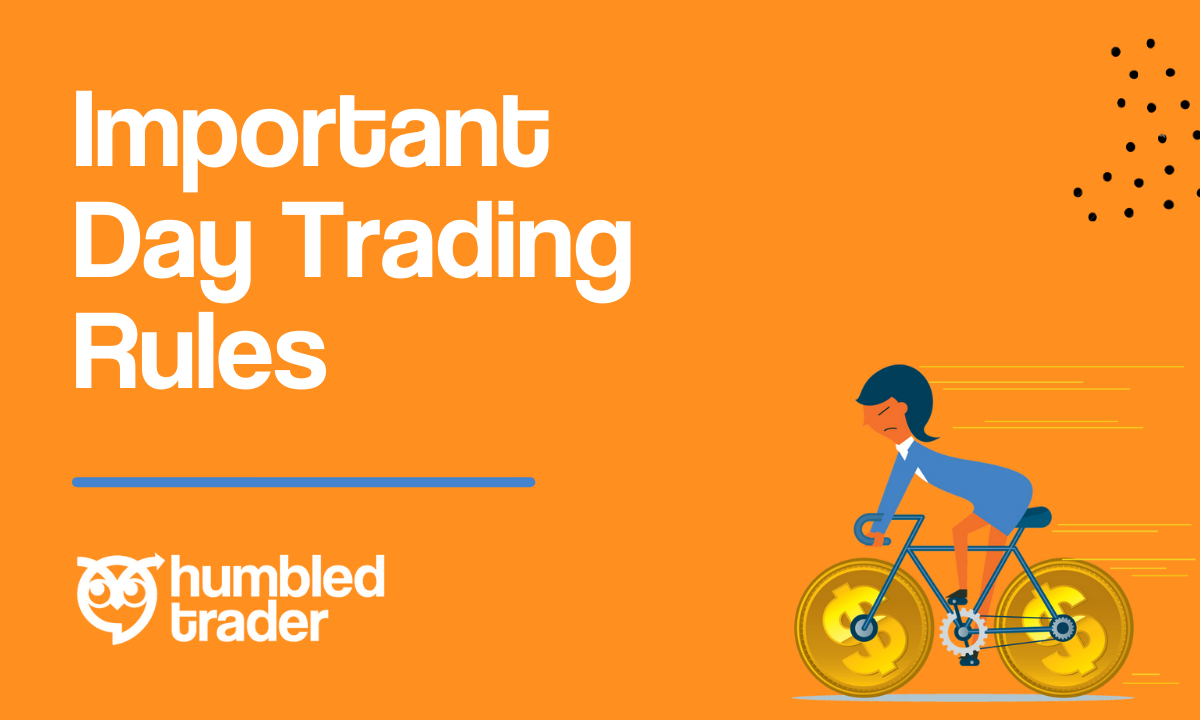How to Time your Entry When Buying the Dip

Today I want to recap some of my long trades and talk about the strategy behind buying the dip and why it's finally starting to work out quite well. I'm going to talk about some key tips when you are trying to buy the dip successfully in this market and we're not talking about buying the folding knife or holding onto your bags.
Market Recap
Let's dive into the market recap. So, if you kind of look at the market on spy, we're finally starting to rally off the lows. If you think about it, the long strategies on buying the dip would naturally only work once the overall market and the S&P 500 start bouncing.
Tip#1: Always check the market sentiment
On really extended red days, there's literally no point trying to buy the dip or going long on any of the stocks. Let’s say the market had a decent balance the last couple of days and we’re bouncing off the lows from the rug poll from some Fed meetings.
Tip#2: Large Cap Stocks
However, we might see some decent rallies. When I see that we're up continuously for one to four days, I'm looking at a lot of what I call market stocks, meaning the large cap stocks that follow the market quite closely. It has to be the large cap stock and it cannot be the small caps.
When it comes to small caps, their strategies and the loan strategy set up specifically are a little bit more nuanced – so we're gonna have to talk about that in another article. When you're trying to buy the dip, you want to pick the large cap stocks that have shown you, at least on the daily chart, that it has the ability to bounce. So, if you take an example stock, which will be one of the first stocks I started loaning today, it was around $166.
Example 1
I was trying to hold on to potentially $169, the $170s, or higher. This one only ended up catching about two points from $166 to $168. In this case, I'm bouncing this around the $166 area. Now, if you take a line on the daily chart, there is a whole $155, $160, and $166 area. In the past, it has bounced from the $160s all the way to $190, so we're talking about a potential of a 30-point bounce, at least on a day-date chart.
I don't think we’d normally get that in one day, but for us day traders, we’re trying to capture the balance for a dollar, two dollars, and sometimes three or four or even more when the market really rallies. Stock selection is an important takeaway; look for large cap stocks that can actually bounce and not trashy small cap stocks. Of course, the market sentiment you want to look at is longing and buying the dips when the market starts to bounce.
Example 2
A second example is timed a lot better. The two examples are in different sectors with one as a Chinese stock and the other as an American stock, but they have similar intraday chart structures. Both of them gapped up overnight with example 1 gapped up from prior days closed $177 to $174s pre-market and sold off to the $166 area. I was looking at the long bounce. It held out for almost 10 points or 8 points to a downside before the bounce.
For example 2, it's a very similar story because it gapped up as well. It was a decent amount of gap up, and then it also sold off at the open. They both reacted similarly to the market. Even though on the surface they may look quite similar, what differs is the timing. For example 1, Let’s say I started around 10 o'clock, and this thing bounced from $166 to $169 and then pulled all the way back to $167 around 10:30 or 10:40. Then there was a big bounce from 10:30 to 11 o'clock from $167 to $170.
Example 2, on the other hand, is a better executed trade because the timing was better. That one actually executed around 10:30 and held it for the bounce from $23 all the way to $23 twenties. I sold some and re-added back to full size around $23 tens. Then I sold it for $23 forties, so my ultimate price target was actually $23 fifty or the $23 sixty area. However, I caught as close to $23 forty-four, so that's pretty good too. With this example it was around 11 o'clock, which is usually the golden time for bounces, if you are loaning stocks and buying the dip. We're talking about buying the dip on the huge pullback, when you see a gap up sell off. A golden time to buy the dip is whenever you see the stock sell off after a huge gap up.
Tip#3 10:30 to 11 o'clock is the perfect time to buy the dip
Now, that's not the same as buying the breakout; buying the breakout is a losing strategy in this market condition example. Just don't do it. I know it worked well in 2021 and 2020, but if you buy the breakout in this kind of market in 2022, eight out of ten times you're gonna get a rug pull.
Example 3
On some other large cap stock examples, I shorted them and those entries were a lot earlier. One started at $120 and I got a little bit chopped up but ultimately added into the v1 bounce around $120s. When I covered all my shorts, it was also around 10:30 to 10:40.
I covered everything there because I knew that it was about to bounce, so even though I didn't go long, the concept was exactly the same. If you are a short seller, you want to cover when you know the buyers are coming in because that's going to help you protect your profits.
Example 4
Even if they are in different industries, these examples are all just large cap stocks so for this one, I only went short on the stock. However, the balance also only started to happen around 10:30 10:40; was that a coincidence? I think not! One of my favorite strategies on the short side is when a stock is also gapping up on very thin volume after multiple days of a run. A lot of times, you see a rejection of the pre-market highs around $40 forties. I was actually late with this one and got in around the $39 seventies. The thing just fell off too and tanked to prior days close. I covered some of it around $38 nineties and all of it around $38 twenties. The one thing I could improve on this short was to hold it all the way to 10:30. I wanted to improve my profit ratio for this short setup.
It's really beneficial to understand both long whether it's buying the dip or buying breakout and also shorting because you want to balance the two psychologies. Remember, as a short seller, you want to cover your shorts when the buyers are coming in, and if you are a buyer, you want to buy the stocks when the shorts are covering.
Recap
Let’s recap on these three golden tips for buying the dip strategy that's working out really well in the current market.
Number one is know the market sentiment. The market needs to be starting to bounce, so if you look at the S&P 500 or the QQQ, it needs to show you a bottom on a daily chart and not a folding knife. If that happens, do not go long.
The second tip is a stock selection: stop trading trashy penny stocks because they might go up, but they also might go down. Whether they go up or sideways, it's anyone's guess. The large cap stocks can show you historically if they have a good chance of bouncing off the lows.
Number three is the golden time frame of 10:30 to 11 o'clock; usually that 30 minute period, give or take, is the best time to go long and balance the stocks. Even though we’re in a bear market, there's still money to be made going long and short.
Don’t feel like reading? Watch the video.




